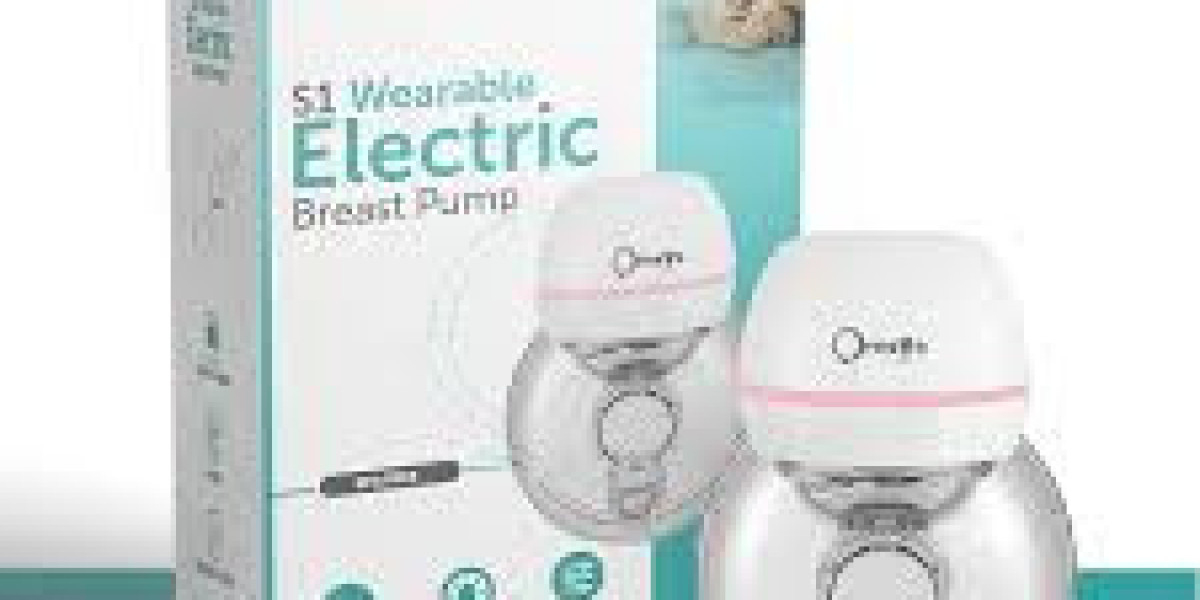1. Understand Your Needs
Before diving into the features of various breast pumps, it's important to understand your specific needs. Consider the following questions:
- How often do you plan to pump?
- Will you be using the pump at home, at work, or on the go?
- Do you need a pump that's easy to transport?
- What's your budget?
Understanding your pumping needs will help narrow down the choices and ensure you select a pump that fits your lifestyle.
2. Types of Electric Breast Pumps
There are two main types of electric breast pumps: single and double.
Single Electric Breast Pumps
A single electric breast pump allows you to pump one breast at a time. This type is generally less expensive and can be a good option if you don't need to pump frequently.
Double Electric Breast Pumps
A double electric breast pump enables you to pump both breasts simultaneously. This can save you a lot of time and is especially useful if you plan to pump regularly or need to boost your milk supply. Double pumps are more efficient and often come with more advanced features.
3. Portability and Size
If you need to pump at work or while traveling, portability is a key factor. Look for a breast pump electric that is lightweight and compact. Some models come with carrying cases or built-in handles for easy transport. Battery-operated pumps can be particularly useful if you don't always have access to a power outlet.
4. Power Source
Electric breast pumps can be powered in different ways:
Plug-In Models
These pumps need to be plugged into an electrical outlet. They often provide consistent power and can be ideal for home use.
Battery-Operated Models
Battery-operated pumps offer more flexibility, allowing you to pump even when you're away from a power source. Some models come with rechargeable batteries, while others use disposable ones.
Hybrid Models
Some pumps offer both plug-in and battery options, giving you the best of both worlds.
5. Suction Levels and Speed
Different mothers have different comfort levels when it comes to suction. A good breast pump electric should allow you to adjust the suction levels and speed to suit your comfort. Some advanced models have programmable settings that mimic a baby's natural sucking pattern, which can make the pumping process more comfortable and effective.
6. Noise Level
If you need to pump discreetly at work or during the night, the noise level of the pump can be an important consideration. Some pumps are quieter than others. Look for models that are specifically designed to operate quietly if noise is a concern for you.
7. Ease of Use and Cleaning
A breast pump should be easy to assemble, use, and clean. Pumps with fewer parts can be easier to handle and clean, saving you time and effort. Some models come with dishwasher-safe parts, which can further simplify the cleaning process.
8. Comfort and Fit
Breast shields (the part that fits over your breast) come in different sizes. Ensuring a good fit is crucial for comfort and effective pumping. Some pumps come with multiple breast shield sizes, or you can purchase the appropriate size separately. A good fit can help prevent nipple pain and ensure better milk flow.
9. Additional Features
Many breast pump electric models come with additional features that can enhance your pumping experience. Here are a few to consider:
Digital Display
A digital display can show useful information like suction level, speed, and battery life.
Memory Function
Some pumps have a memory function that remembers your preferred settings, making it easier to start your pumping session.
Timer
A built-in timer can help you keep track of your pumping sessions.
App Compatibility
Some advanced models connect to smartphone apps that track your pumping history, milk supply, and more.
10. Brand Reputation and Reviews
Researching brand reputation and reading reviews from other mothers can provide valuable insights into the reliability and performance of a breast pump electric. Look for brands that are well-known and trusted in the breastfeeding community. Customer reviews can highlight real-world experiences and potential issues that might not be evident from product descriptions alone.
11. Cost and Insurance Coverage
Electric breast pumps can vary widely in price. While it's important to stick to your budget, remember that the cheapest option might not always be the best value in the long run. Investing in a quality pump that meets your needs can save you time and frustration.
Additionally, check if your health insurance covers the cost of a breast pump. Many insurance plans provide coverage for breastfeeding equipment, which can significantly reduce your out-of-pocket expenses.
12. Warranty and Customer Support
A good warranty can provide peace of mind, especially if you encounter any issues with your pump. Look for manufacturers that offer a warranty and have a responsive customer support team. This can be crucial if you need replacement parts or assistance with your pump.
Conclusion
Choosing the best electric breast pump is a personal decision that depends on your specific needs and lifestyle. By considering factors such as portability, power source, suction levels, noise, ease of use, comfort, additional features, brand reputation, cost, and warranty, you can find a breast pump electric that works best for you.
Take the time to research and compare different models, read reviews, and don't hesitate to seek advice from other mothers or lactation consultants. With the right information, you can make a confident choice and enjoy a smoother breastfeeding journey.















